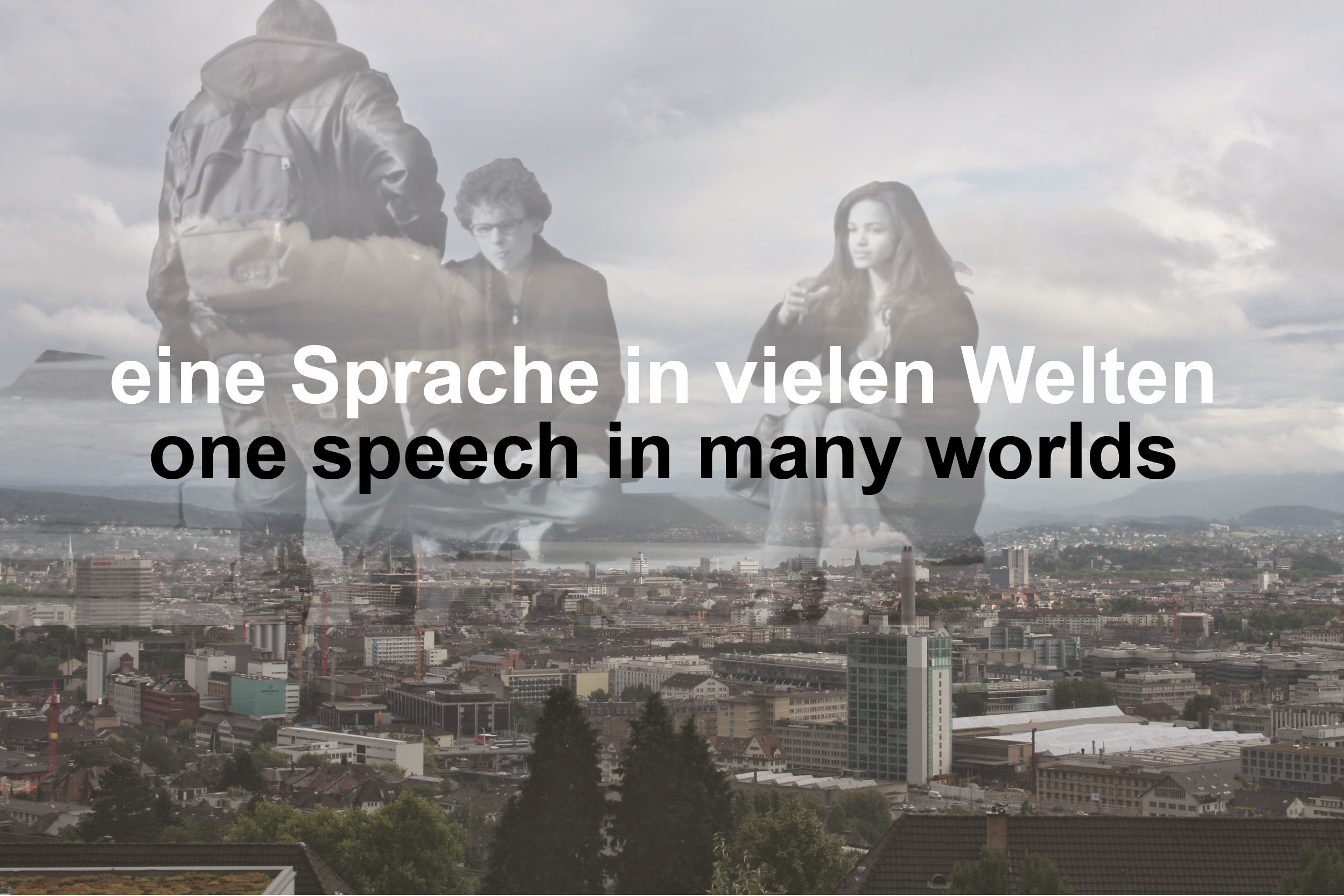How intensively the body and brain are connected and how the body rhythm influences visual perception is the subject of a study at the University of Fribourg. The results of this study, funded by the Swiss National Science Foundation (SNSF), were recently published in the journal PNAS.
Bern, September 19th, 2024: Breathing has a physiological influence on the perception of visual impressions. Using an experiment, psychologist and neuroscientist Juliane Britz from the University of Fribourg was able to show that the rhythm of the heartbeat and breathing influence the visual stimulus of conscious perception.
The experiment was carried out using test subjects whose perception was stimulated by visual stimuli on a screen. Brain activity and heart activity were measured, and breathing was recorded using a belt that is able to measure the volume of the abdomen. Neuronal markers of consciousness were identified by means of labelling.
She and her team then compared these neuronal markers in different phases of the heart. The analysis revealed that if the image appears when the heart relaxes, the markers of consciousness appear around 150 milliseconds earlier than if the image appears when the heart contracts. Breathing has a similar influence on visual perception: if the image appears when breathing out instead of in, the same delay can be observed. „The physical rhythms influence brain activity via the pressure receptors in the arteries,“ explains Juliane Britz. These receptors are inactive when the heart relaxes and you inhale. However, they are activated when the heart contracts and you exhale. They then cause a kind of neuronal congestion that delays the processing of visual stimuli in the brain.
An image is first perceived by the visual cortex. Before it reaches the place where conscious thought is activated, this image travels through other regions of the brain. This was previously known to researchers.
However, current results show an expanded picture. According to this, visual information travels two paths in the brain. Signals when physically absent and signals when physically present. This fact made it clear to the researchers exactly where in the brain perception takes place.
„It’s quite simple,“ says Juliane Britz. „It’s as if there are two possible activation patterns for a visual stimulus, depending on whether signals are coming from the body or not.“ Heartbeat and breathing determine which path the visual perception will take in the brain via pressure receptors in the arteries.
Juliane Britz emphasises that this is basic research. „These results provide an answer to the controversies about the neurophysiological markers of consciousness and the area of the brain in which it arises.“ Her most important finding: we should be less „brain-centred“ in neuroscience. „Physical signals should no longer be regarded as noise. The brain is inextricably linked to the rest of the body.“
Originalpublication:
(*) V. Leupin and J. Britz: Interoceptive signals shape the earliest markers and neural pathway to awareness at the visual threshold. PNAS (2024)
https://doi.org/10.1073/pnas.2311953121
further Information:
(https://www.snf.ch/de/LLwPkGfZkCklxcVc/news/atmung-und-herzschlag-beeinflussen-die-wahrnehmung)
ImageSource OpenClipart-Vectors Pixabay



Schreibe einen Kommentar